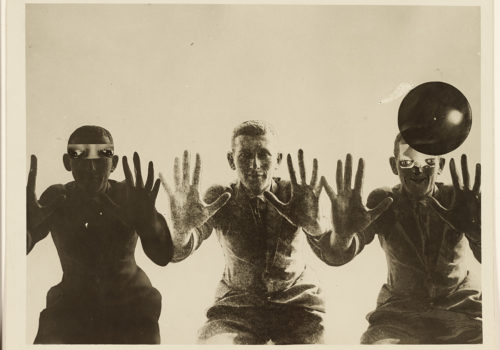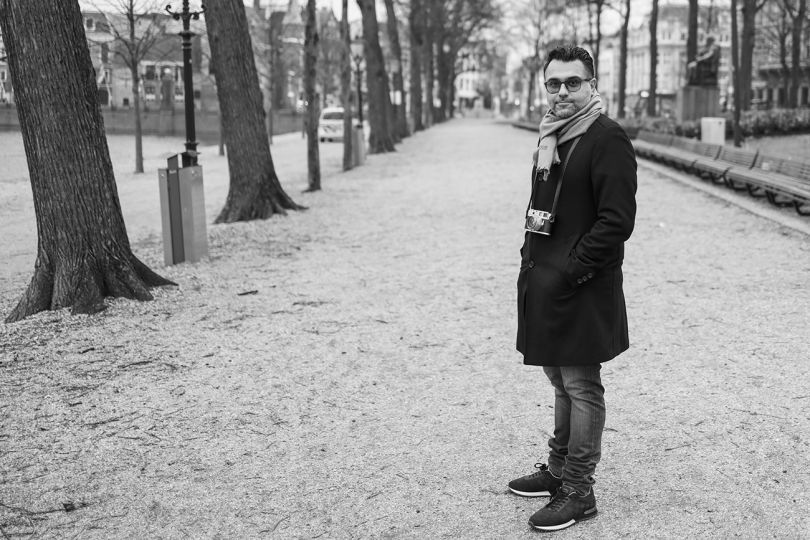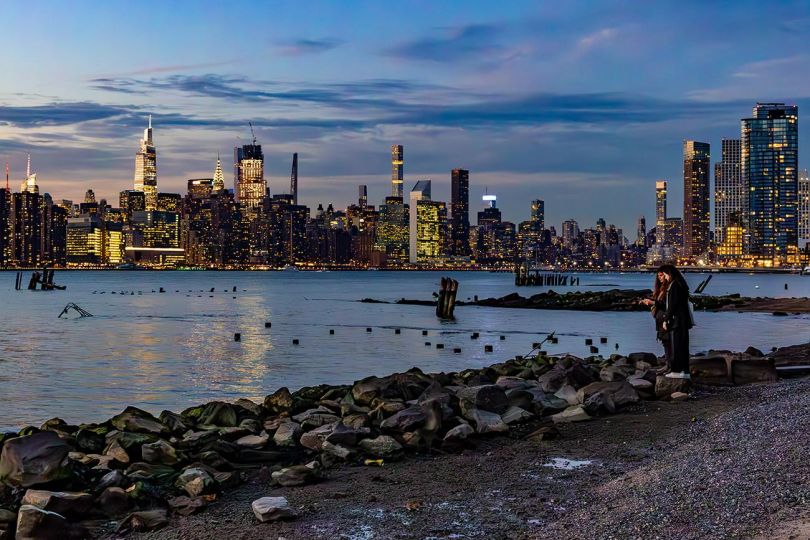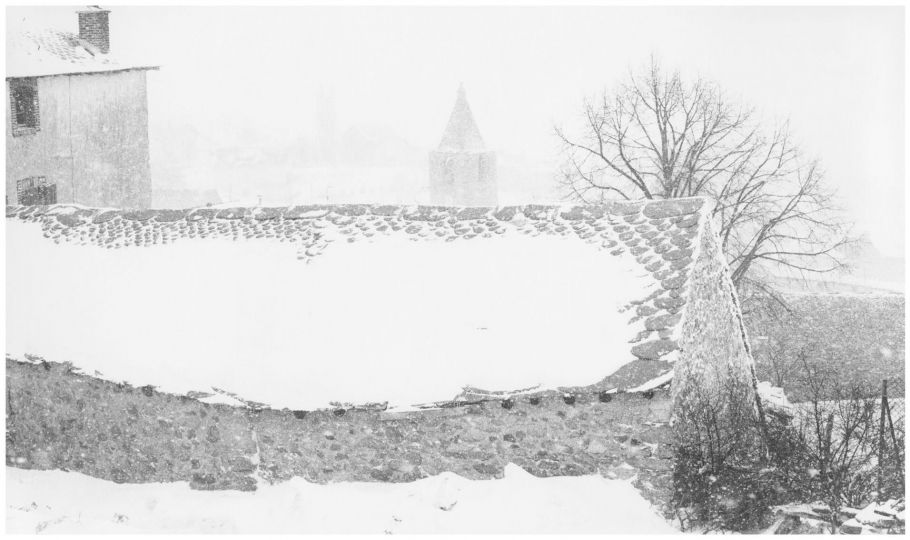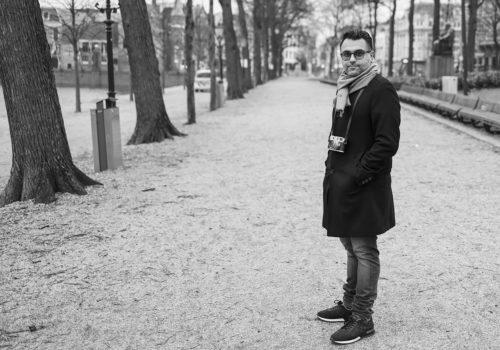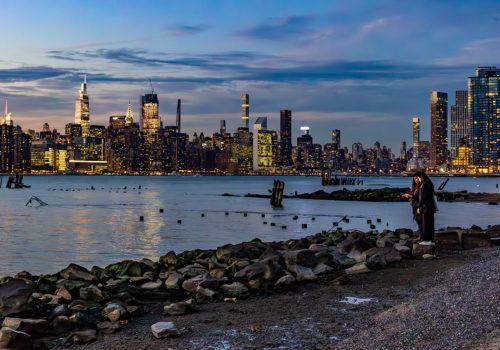In collaboration with The Moholy-Nagy Foundation, Fotografiska New York presents Light Play, the first-ever U.S. museum exhibition devoted to the photography and film practice of pioneering multidisciplinary artist László Moholy-Nagy (1895-1946).
“Primarily known as a painter, we want to shed new light on Moholy-Nagy as an image-making pioneer in his use of the camera as a new instrument of vision,” said the exhibition’s curator, Jessica Jarl, Director of Global Exhibitions at Fotografiska. “With an interest in modern technology and change, Moholy-Nagy experimented with photography, darkroom processes, and editing. The way he captured lines, shapes, and light broke new ground in the early twentieth century.”
“The Foundation is thrilled to be presenting Moholy-Nagy in the Fotografiska museums, thereby reaching a new generation of art and photography enthusiasts,” said Natalia Hug, Director of the Moholy-Nagy Foundation. Daniel Hug (husband of Natalia), who is Moholy-Nagy’s grandson and the director of Art Cologne said
“Moholy-Nagy would have been very excited to present his work in one of the most forward-thinking photography museums, especially with the international network Fotografiska has established. We are particularly excited in recreating and presenting large format prints Moholy-Nagy originally envisioned nearly one hundred years ago, few of which have survived to today.”
Light Play brings together 68 works created between 1922 and 1945, including Moholy-Nagy’s earliest experiments with photomontage (“photoplastics,” as he called them); photograms (images made without a camera, instead via direct light exposure to photosensitive paper); personal images taken during travels in Europe and the United States; late-career color photographs (including rare images of Moholy-Nagy himself, and never-exhibited photographs of his own sculptures); and two films.
A well-represented body of work in the show is what Moholy-Nagy referred to as “photoplastics:” collage-like compositions that offer social commentary, finely oscillating between the dark and the cheeky, through the integration of found imagery. Created in the 1920s, the tone of these photomontages shows the lasting influence of Dada in his practice. Basic geometric forms, especially the circle, often appear as frameworks for the photoplastics’ constituent arrangements; one such example is Olly and Dolly Sisters (1925). Viewed as a set, these minimalist compositions generate an excess of meaning through just newspaper images, photos, and a few drawn lines.
In his black-and-white photography, Moholy-Nagy utilized disorienting perspective to challenge the inherently realistic qualities of the medium. It is in these works (particularly those capturing urban plans and architecture) that his formal relationship with Bauhaus and other constructivist schools is most apparent.
Another series represented in the show, Moholy-Nagy’s photograms, reveals body parts like hands and the artist’s own profile; these compositions fit less tidily into geometric theory, instead prioritizing studies of light. Light was a career-long preoccupation of Moholy-Nagy, who in 1944 reflected that his aim was to “paint with light.” With the photogram—wherein objects are “painted” on light-sensitive paper by a light source and the casting of shadows— Moholy-Nagy created photographic images without a camera, through pure manipulation of light and shadow.
The German photography scholar Dr. Jeannine Fiedler, who authored one of the exhibition’s texts, theorizes that Moholy’s liberation from the constraints of traditional photography influenced contemporary print media, advertising aesthetics, and our viewing habits up to the present day. She said:
“New perspectives and camera techniques were used to break down conventional viewing and to take photography to its original terrain of visual sensations. Instead of functioning solely as a documentary image of reality, photography now found its immanent aesthetic means of design. In the New Vision movement, which Moholy-Nagy decisively influenced from 1925 to 1931, camera photographs became a genuine expression of the image innovations made possible by the apparatus and photographic optics.”
Light Play is able to offer a uniquely expansive portrait of the artist because its curatorial premise is constrained only by medium; an organized survey of the entire range of Moholy-Nagy’s photographic work, edited down to the best
examples of each category. Further, the curators worked closely with the artist’s estate to design unique staging opportunities that align with Moholy-Nagy’s experimental approach to lighting and form, such as custom lighting setups for the photographs and large-scale projection mapped environments for the films.
Said Hattula Moholy-Nagy, the artist’s daughter: “The Estate is delighted with Fotografiska’s colorful staging of the exhibition. We are also glad to see the wide range of works shown, especially the inclusion of his later color photographs and other rare images.”
Natalia Hug added: “We are extremely excited to have the opportunity to present Moholy-Nagy photographic work through the global network of Fotografiska, a museum redefining exhibition-making today.”
Moholy-Nagy: Light Play is curated by Jessica Jarl of Fotografiska’s global exhibitions team in collaboration with Grace Noh of Fotografiska New York and The Moholy-Nagy Foundation. Light Play will debut at Fotografiska New York before traveling to Fotografiska’s other global locations.
László Moholy-Nagy: Light Play
11 March – 5 June 2022
Fotografiska New York
281 Park Avenue South

